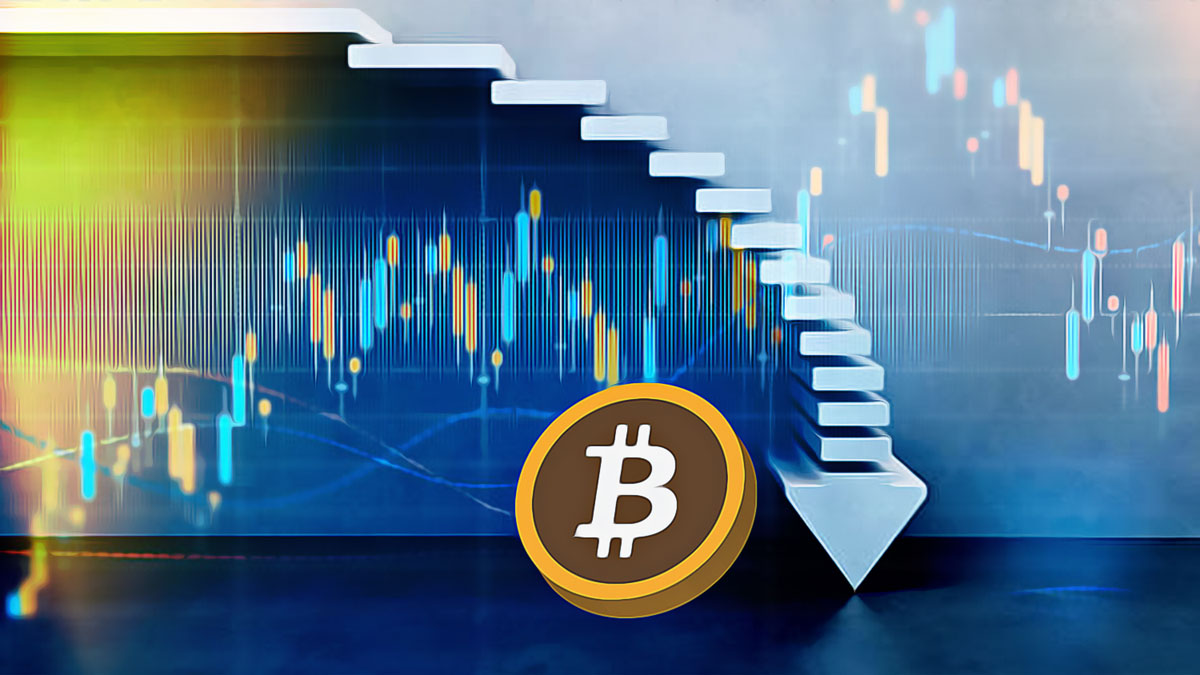Bitcoin‘s recent surge to over $72,000, marking a 9.5% weekly gain, is a source of both excitement and caution among investors. The cryptocurrency experienced significant swings within days, including a sharp 4.8% rise followed by a 5.9% fall. This volatility comes amidst an increase in Bitcoin futures trading, which has bulls wary about the stability of this all-time high.
Market Analysts Warn of Futures Trading Risks
Market analysts are raising concerns over the $35.8 billion worth of open positions in Bitcoin futures, pointing to a possible overconfidence among investors betting on future prices. The equal balance of long and short positions in the futures market contributes to market volatility, challenging the notion that high open interest solely indicates bullish sentiment.
The Chicago Mercantile Exchange now claims the lion’s share of the Bitcoin futures market, outpacing prominent crypto exchanges. This is a change from November 2021 when Bitcoin futures peaked before the cryptocurrency’s value plunged by 31.5%. Despite open interest in Bitcoin futures being 27% lower than its October 2022 peak, the market remains sensitive to price fluctuations, as evidenced by the recent liquidation of $325 million in long and short positions.
Perpetual Futures Contracts Attract Individual Investors
On March 11th, Bitcoin perpetual futures contracts saw their funding rate hit a weekly high of 2.1%, a level unseen for over a year and a half, highlighting the popularity of these contracts among individual investors. The funding rate, reflecting the balance of long versus short positions, spiked, signaling a trend towards long positions.
While Bitcoin enjoys strong inflows into spot exchange-traded funds and continued purchasing by firms like Microstrategy, the rush into futures contracts at high prices could tempt market makers to induce volatility. Although major investors cannot significantly impact Bitcoin’s long-term price, the substantial weekly fees for maintaining long positions increase the risk of cascading liquidations should prices fall, though stable ETF inflows suggest that a major drop isn’t imminent.












